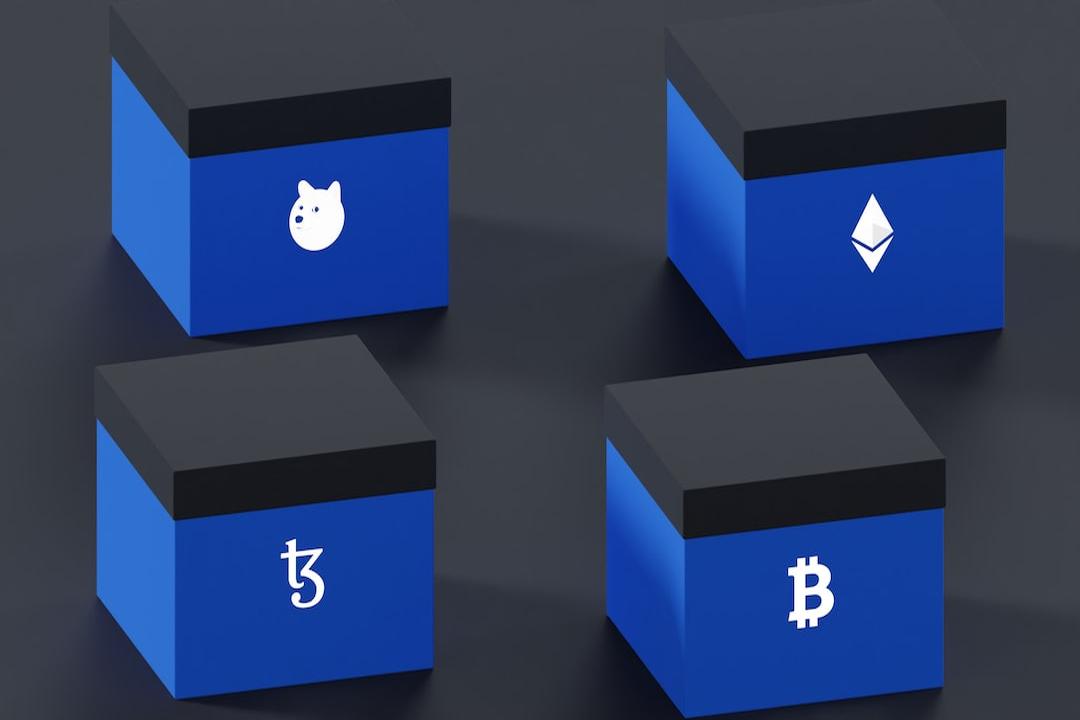Author’s Disclosure: The opinions expressed in this article are solely those of the author and do not necessarily reflect the views and opinions of crypto.news’ editorial team.
In the rapidly changing world of web3, developers and startups often make the mistake of believing that the choice of blockchain is the most important factor for users, or that adhering to the principles of web3 is the guiding light. One example is the “decentralized” social network.
You might also like:
Web3 adoption would be impossible without intuitive UX and convenience | Opinion
While the original appeal of many decentralized social networks was based on the idea of users owning their data, the reality is that most users, whether they are web2 or web3, don’t care about data ownership or privacy settings. To achieve widespread adoption, decentralized social networks need to focus on usability and convenience, not just the ideals of web3.
While early adopters of web3 might be enthusiastic, the majority of users are indifferent to the technical details of different blockchains and how easily data can be transferred from one network to another. Unfortunately, this often leads to an excessive focus on the technical aspects of decentralized applications at the expense of user experience and engagement. However, as web3 continues to develop and aims for mainstream adoption, it is becoming clear that the average consumer cares more about the user interface and tangible rewards than the underlying blockchain infrastructure.
Frictionless UX/UI experience: The cornerstone of web3 adoption
The success of any consumer-facing app, whether web2 or web3, depends on its usability. In the web3 space, providing a frictionless user experience is essential, given the steep learning curve and complexity of the technology. Users are attracted to applications that offer intuitive navigation, quick responsiveness, and a familiar feel. Popular web2 platforms like Instagram and Spotify owe their success to their clean, user-friendly interfaces that fulfill users’ needs and adapt to emerging trends. Web3 apps need to follow suit and ensure that users can interact with them without needing a deep understanding of blockchain technology.
The power of incentives: Tokens, whitelists, and status
In addition to user experience, the incentive structure is crucial for engaging users in web3 applications. Tokens, whitelists, and OG status can significantly enhance user loyalty and participation. Tokens offer real-world value and motivate users to engage with the app, while being on a whitelist provides exclusive access to new features, creating a sense of belonging and importance within the community. These reward mechanisms, combined with social platform integration, can enhance user engagement, retention, and revenue.
From a user perspective: Engagement, retention, and revenue are key
As the web3 ecosystem continues to grow, the focus needs to shift from technical aspects to user experience and engagement strategies. Users care more about the ease of interaction and potential benefits than the specifics of the technology behind the app. For web3 startups, success lies in prioritizing seamless UI/UX and implementing compelling reward mechanisms. By integrating with social platforms, they can further enhance user engagement, retention, and revenue. Ultimately, the user experience, rewards, and social integration are what will drive the adoption of web3 applications.
Read more:
Web3 adoption would be impossible without intuitive UX and convenience | Opinion
Robert Kao
Robert Kao is the co-founder of Plato. With a background in consumer mobile development, he has a wealth of experience and expertise in the field. He has co-authored numerous technical books and is dedicated to driving the success of web3 startups.

